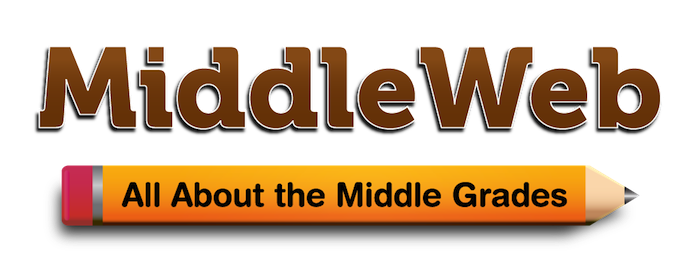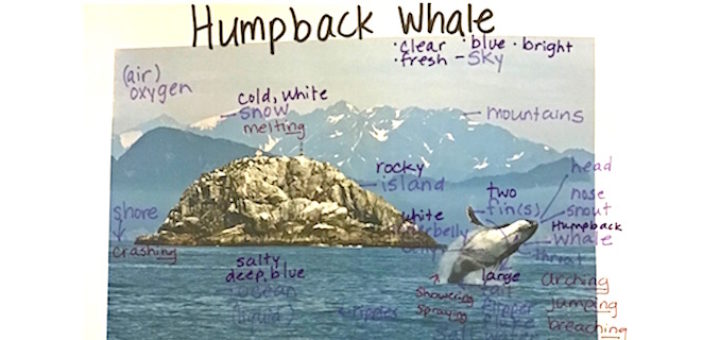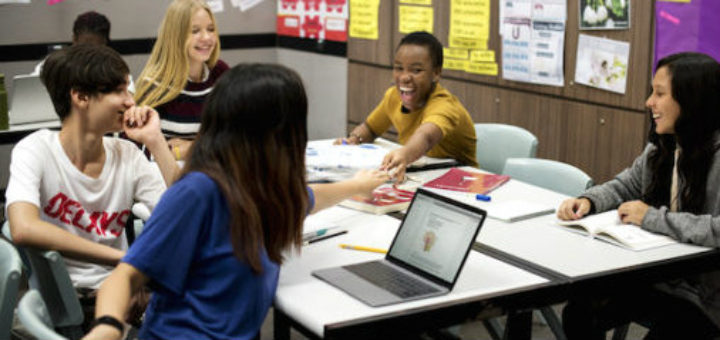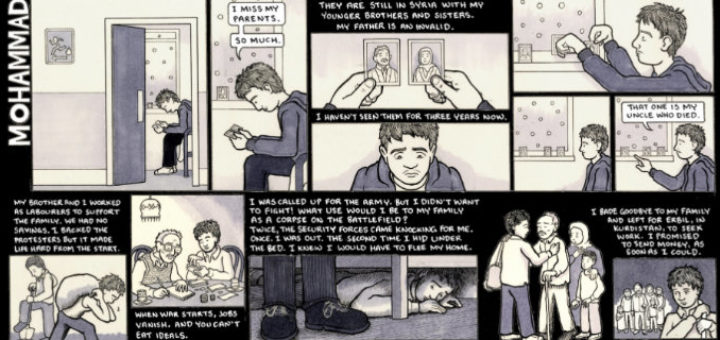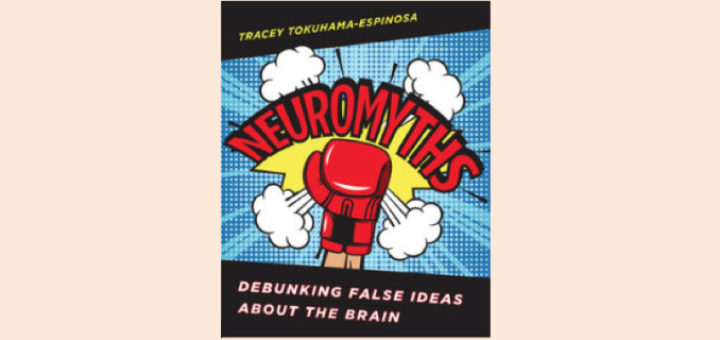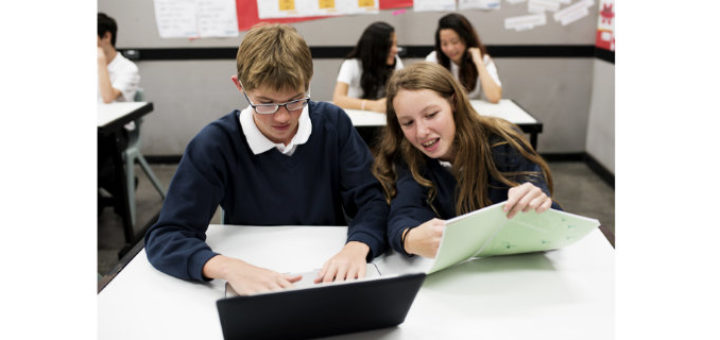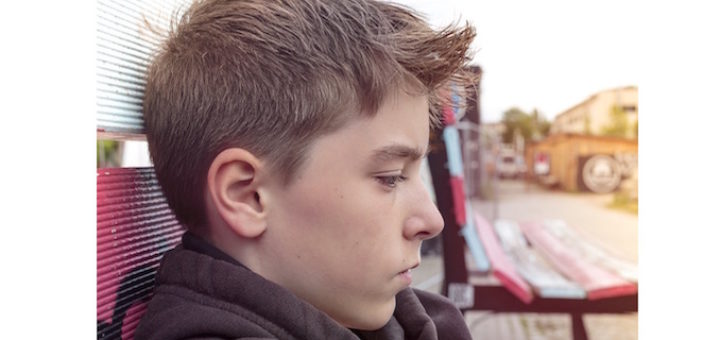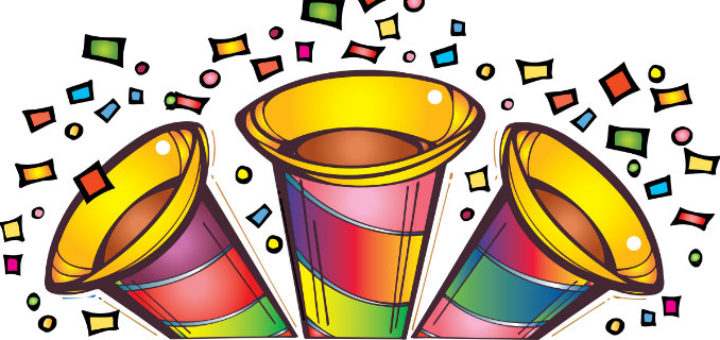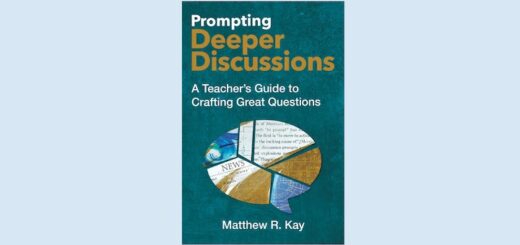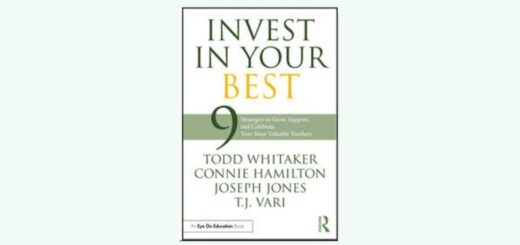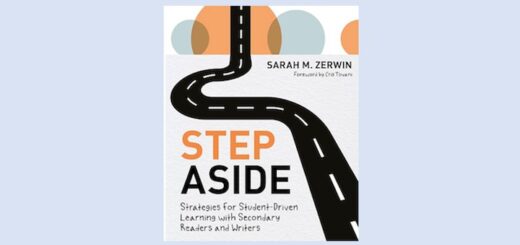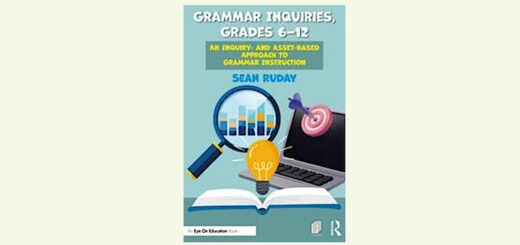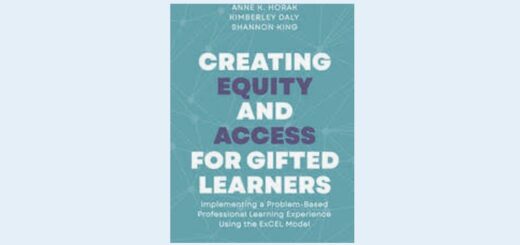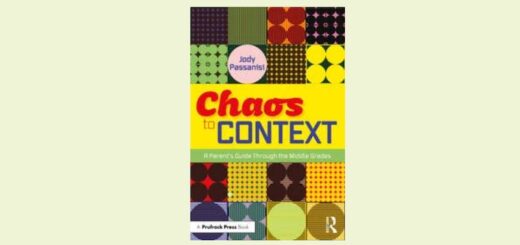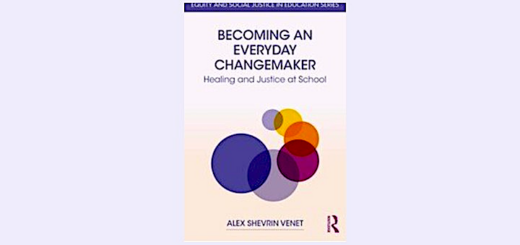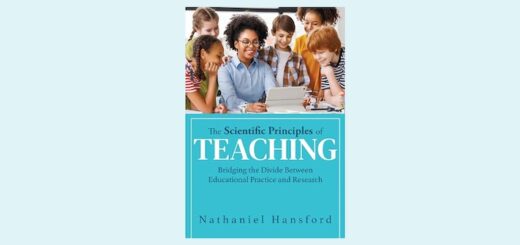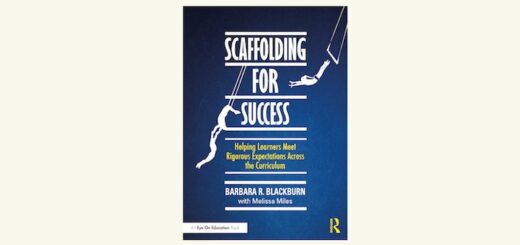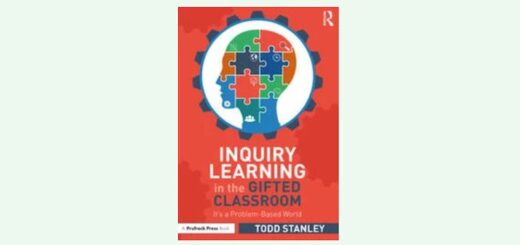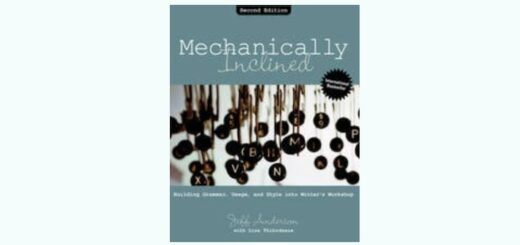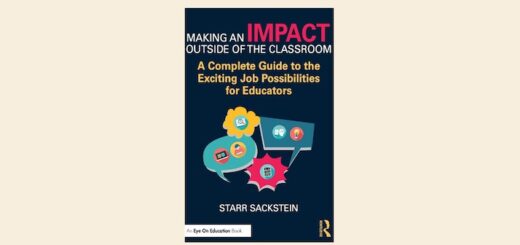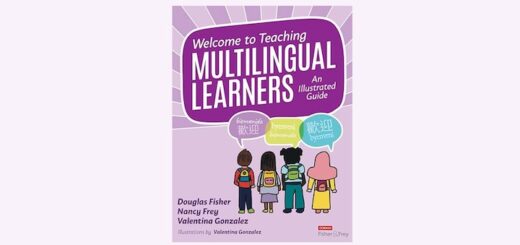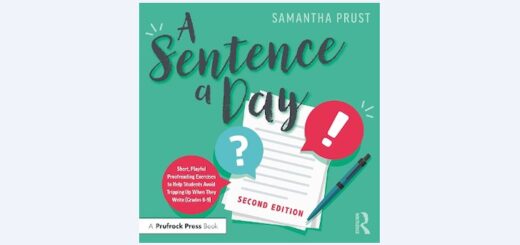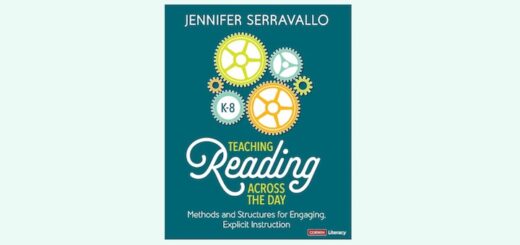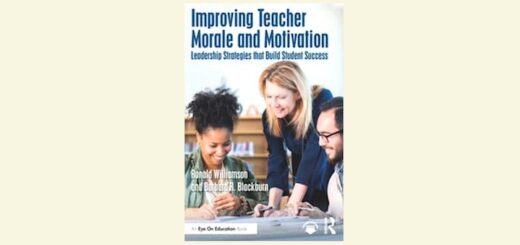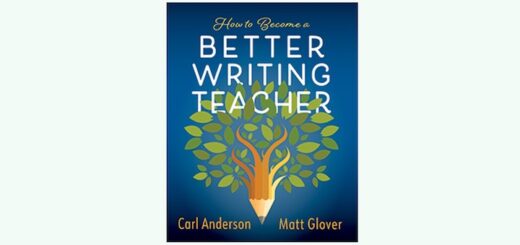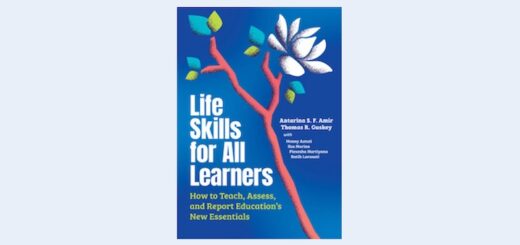Teaching and learning in grades 4-8
Few things are more frustrating for students (and their teachers) than having a concept or skill that has already been learned ‘leak’ out the brain and disappear. Curtis Chandler explains how those leaks happen and what teachers can do to counter them. Suggested apps and tools included!
For English learners, academic language is much more challenging to master than social language. Specialist Valentina Gonzalez says EL students need “massive opportunities” on a daily basis to practice using content-specific words and phrases. She shares 10 techniques.
Like many faculties, teachers at Jeremy Hyler’s middle school have struggled to find a workable grading policy that addresses late work and takes into account grade levels, content areas, and differing philosophies. Hyler wants to encourage learners, but what about rigor?
Former special education teacher Cheryl Mizerny says the same techniques used to help kids with dyslexia succeed can benefit all students in the core subjects. Now an ELA educator, she highlights useful tools, instructional techniques, assessments, and SEL strategies.
While photos and texts can bring alive an issue one medium at a time, reality-based comics have the power to drop us into a story both visually and verbally. Sarah Cooper’s eighth grade students learned that lesson when they followed the trek of Syrian refugee Mohammad.
Teacher leader Kevin Hodgson finds much to like in A.J. Juliani’s The PBL Playbook. The text is built around practical advice for PBL implementation and classroom experiences. For beginners Juliani’s stories are a lifeline, offering mentor examples and lesson analysis.
Neuromyths serves as an important reference for teachers who want to sort through competing claims before jumping on the brain-based bandwagon, writes teacher Mary K. Marsh. The book provokes teachers into questioning what really makes an approach neurologically based.
Recently for the first time 10-year veteran Michelle Russell gave students extra credit for an optional assignment. It worked! And helped her realize she needed to examine other classroom practices to see if they had merit or were just old habits that needed rethinking.
Understanding all aspects of a student’s learning “portrait” is critical for us to ensure their success. Although we typically look at areas like readiness or ability, notes teaching expert Barbara Blackburn, we also need to consider culture, Maslow’s hierarchy, and SEL.
Making the usual New Year resolutions to “do better” can bring out her “inner Scrooge” says veteran middle grades teacher Mary Tarashuk. After reflecting on nearly two decades of classroom wonder and success, she decides to opt for her “inner Frosty” instead.
